Charles Schulz
One of the 20th century's most influential cartoonists, Charles Schulz introduced the world to the enormously popular "Peanuts" comic strip.
"Peanuts" touched nerves and reached intimate spaces in a way no comic strip ever had: it provoked an Italian Communist newspaper ("[Lucy] Is a Fascist"); was featured in exhibits at the Smithsonian and the Louvre; and spun catchphrases ("security blanket," "good grief," "a Charlie Brown Christmas tree"). Snoopy emerged as an enduring 20th century icon, etched on children's tombstones and stenciled on the helmets of U.S. soldiers who fought in Vietnam.
The cartoonist who inspired such whimsy and pathos was a loner. But Schulz made the world seem a little less lonely, with characters that people knew or saw in themselves — woeful Charlie Brown, crabby Lucy, fanciful Snoopy, sage Linus. "Peanuts," which was published in more than 2,600 newspapers and 75 countries worldwide, was his place.
Forbes magazine put Schulz's 1995-'96 earnings at $33 million — No. 30 on its list of the world's top-paid celebrities, just ahead of Bill Cosby. Schulz won five Emmys and arts awards from the French and Italian ministries of culture. In Japan, where "Peanuts" is a serious pastime and industry, the official translator of the comic strip is the country's poet laureate.
Yet, despite this overwhelming success, Schulz still believed what he drew — that happiness is simple: supper, a soaring kite, jumping in a pile of leaves. He could write "happiness is a warm puppy" and was guileless enough to get away with it. His worst obscenity really was "Good grief."
What made "Peanuts" real was the way that Schulz hung his own raw psyche out for public viewing. He saw himself as the boy whose artwork was rejected for the high school yearbook, the loser who really was rejected by a little red-haired girl (Charlie Brown's unrequited love). "I was a bland, stupid-looking kid who started off badly and failed everything . . . ," he once told a reporter.
He was an only child, born Nov. 26, 1922, to Carl and Dena Schulz. He grew up in St. Paul, Minn., in an apartment above his father's barbershop (Charlie Brown's father was a barber too). All of his life, people called him "Sparky," a nickname based on a character in the "Barney Google" comic strip.
As a boy, Schulz used to peer through the windows of the St. Paul Pioneer Press building, watching the Sunday funnies roll off the presses. He and his dad read the Sunday comics from four newspapers and worried about the characters together. At age 6, Schulz decided that he would be a cartoonist when he grew up.
His parents encouraged his drawing talents. In high school, he took a correspondence course for artists and got a C+ in one subject: drawing children. At St. Paul's Central High School, he flunked English and several other classes. He was too shy to ask girls out.
After high school, Schulz was hit hard: His mother died of cancer, before he sold any of his cartoons, and that year, in 1943, he was drafted into the Army.
Schulz was an infantryman, staff sergeant and leader of a machine gun squad, traveling throughout France and Germany. His father wrote him every day. Fifty years later, Schulz drew his first comic strip commemorating D-day — June 6, 1944 — with Snoopy in the part of a helmeted soldier making his way to shore.
After the war, Schulz went home to St. Paul and took a job lettering comic strips for Timeless Topix, a series of Catholic comic magazines. He also worked as a teacher at the Minneapolis art school from which he had taken his first cartooning classes.
At a friend's urging, Schulz focused on drawing cartoons featuring little kids. In 1947, the Pioneer Press bought his weekly cartoon, "Li'l Folks." From 1948 to '50, he sold 15 cartoons to the Saturday Evening Post.
In spring 1950, Schulz took a new comic strip he had been working on to United Feature Syndicate in New York City. The syndicate bought the strip and dubbed it "Peanuts," saying it was a catchy name. But Schulz always hated the name. "It was undignified, inappropriate and confusing," he said, and no one ever called small children "peanuts." On Oct. 2, 1950, "Peanuts" made its debut in seven newspapers and was a hit, with timeless characters who captured the human condition—ones who pushed on no matter what.
Unlike most other daily cartoonists, Schulz did all of his own drawing, inking, lettering and story lines. He worked six weeks ahead of schedule and sometimes, like on the D-day strip, he started thinking a year ahead.
Schulz's influence on cartooning is unmistakable — stylistically, narratively and rhythmically, wrote "Doonesbury" cartoonist Garry Trudeau in a December 1999 tribute for the Washington Post.
" 'Peanuts' was the first (and still the best) postmodern comic strip," Trudeau wrote. "Everything about it was different. The drawing was graphically austere but beautifully nuanced. It was populated with complicated, neurotic characters speaking smart, haiku-perfect dialogue."
Related stars
|
|
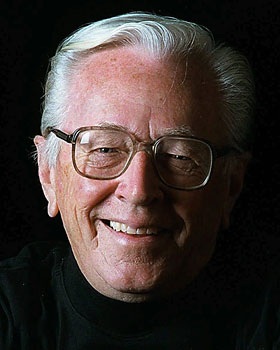
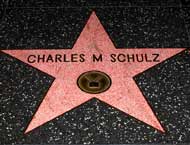
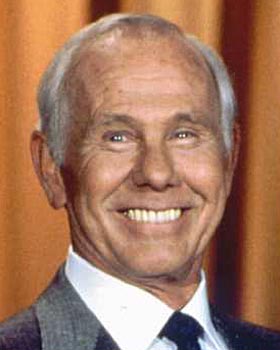
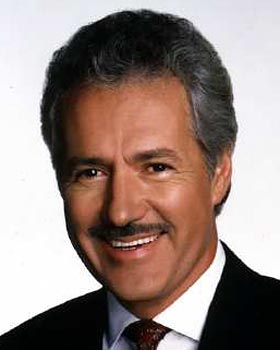
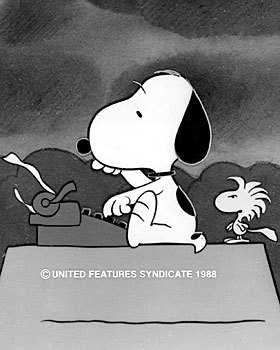
Two thoughts about Charles Schulz
Share a thought about Charles Schulz